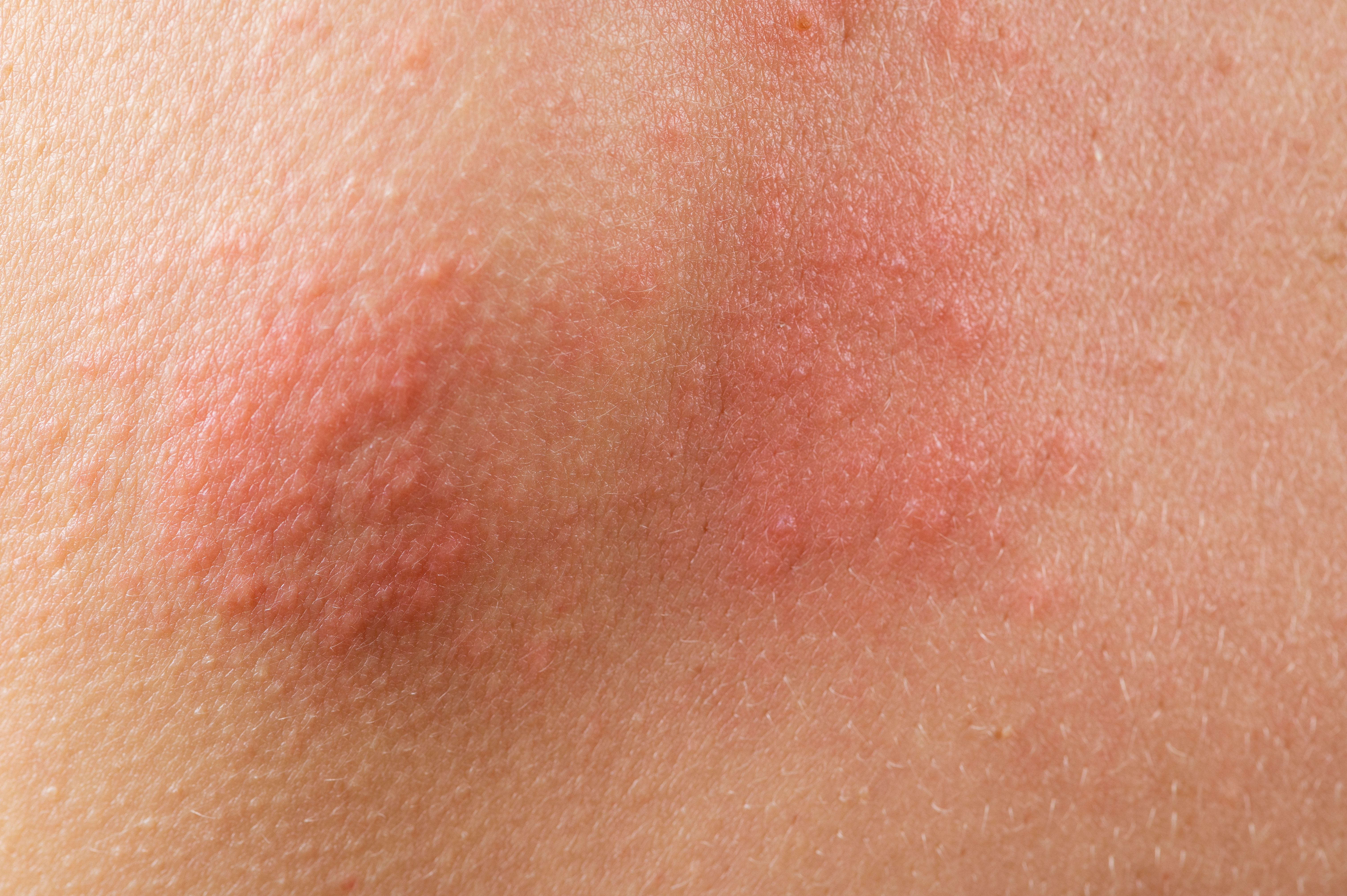How Mold Impacts Your Body
Mold, a silent infiltrator, often lurks unnoticed in our homes and workplaces, quietly impacting our health in ways we may not fully realize. This pervasive fungus thrives in damp, humid environments, releasing spores that can easily become airborne and enter our bodies through inhalation, ingestion, or skin contact. While mold is commonly associated with respiratory issues, its reach extends far beyond, affecting multiple systems within the body. This article delves into the surprising ways mold can infiltrate our bodies and the profound effects it can have, from breathing difficulties to cognitive impairment. Join us as we unravel these top 10 insights into how mold impacts our health.
1. The Respiratory System: Mold’s Primary Target
The respiratory system is often the first victim of mold exposure. When mold spores are inhaled, they can trigger allergic reactions and respiratory distress, particularly in individuals with asthma or compromised immune systems. Symptoms such as coughing, sneezing, nasal congestion, and shortness of breath are common, but chronic exposure can lead to more severe conditions like chronic bronchitis or hypersensitivity pneumonitis. Studies have shown that long-term exposure to mold can even contribute to the development of asthma in children and adults. Understanding how mold affects the respiratory system is crucial, as it often serves as the initial indicator of mold presence in an environment.
2. Skin and Allergic Reactions: The Surface Impact

Mold exposure can also manifest through the skin, causing a range of allergic reactions. Direct contact with mold spores or mycotoxins can lead to skin irritation, rashes, and itching. People with sensitive skin or pre-existing skin conditions like eczema may experience exacerbated symptoms. Mold-related skin issues are often overlooked, as they can mimic other dermatological conditions, making diagnosis challenging. It's important to recognize the signs of mold-related skin reactions, especially in environments known for high humidity and mold presence. Addressing these symptoms promptly can prevent further complications and ensure appropriate treatment.
